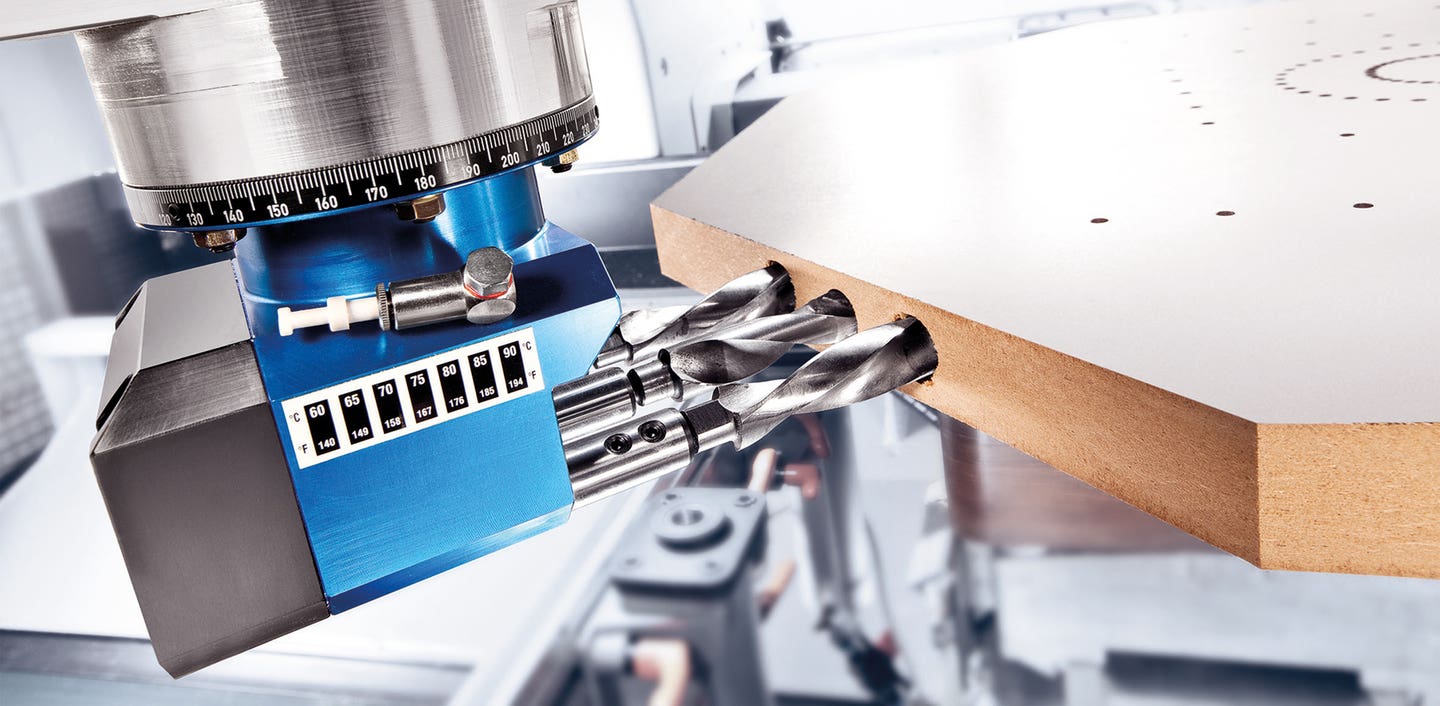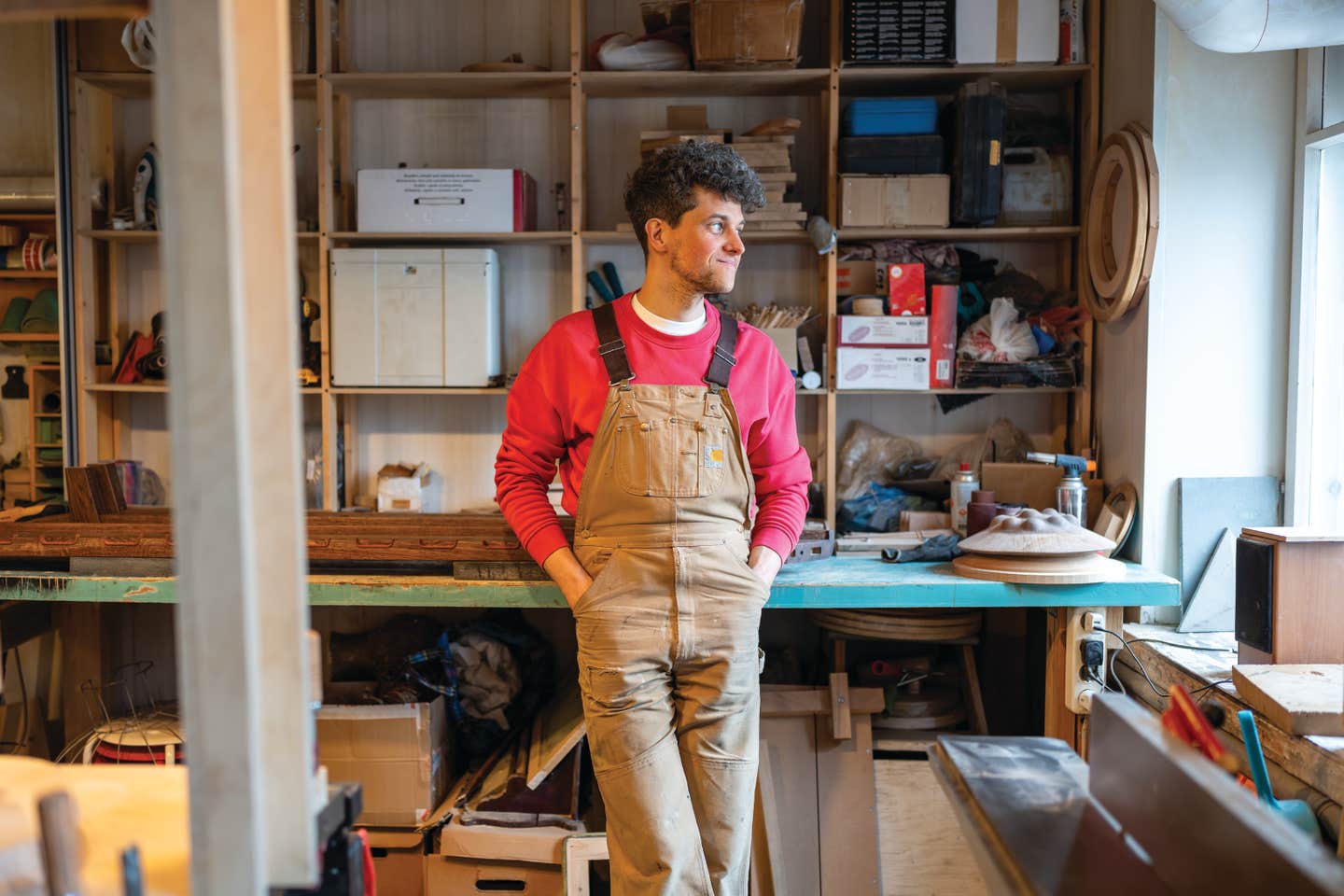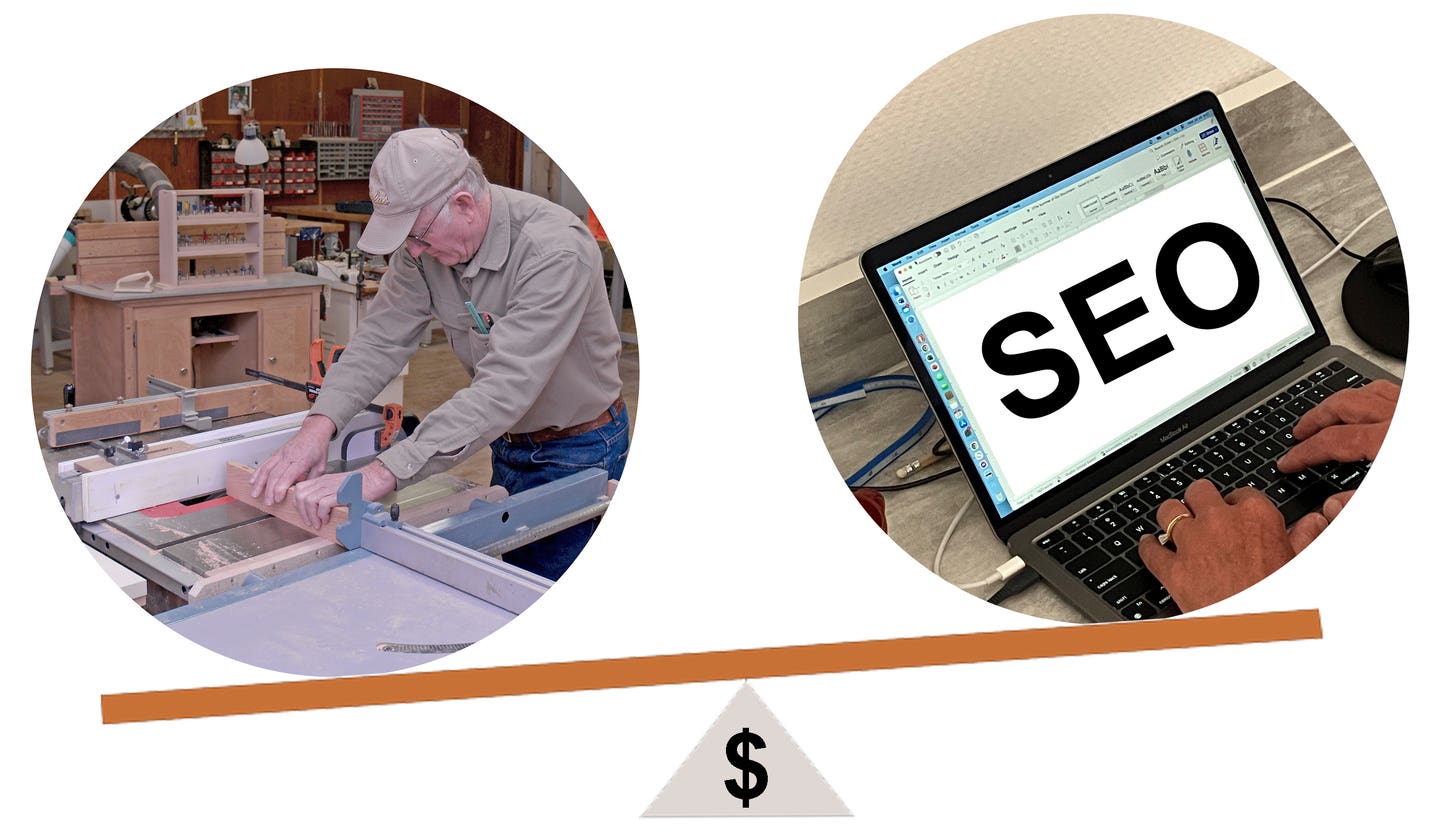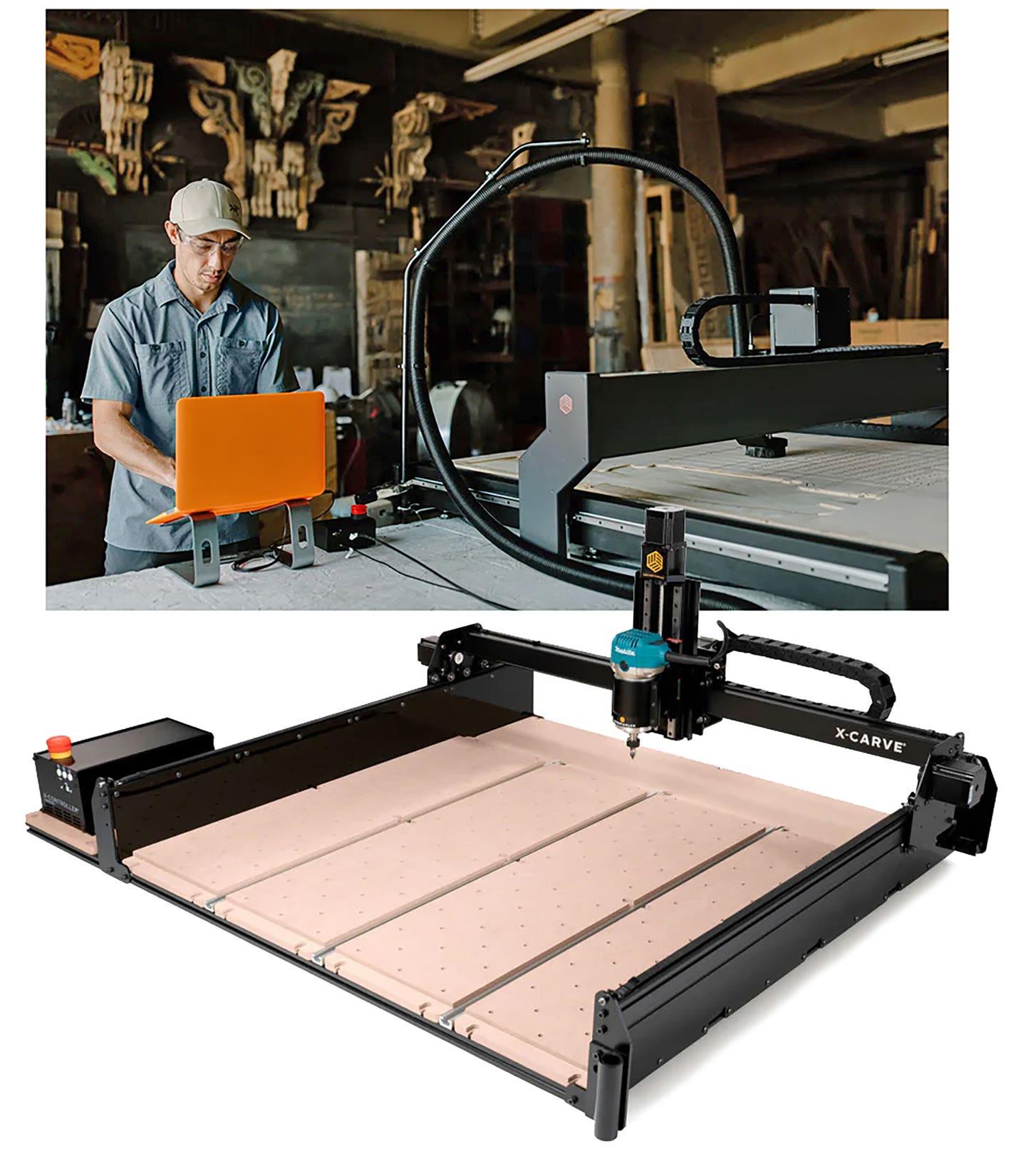Problem Solvers
Crowe’s Cabinets makes dreams come true in northeastern Ohio, dominating the commercial market while growing a retail division.
The team at Crowe’s Cabinets of Poland, Ohio embraces its motto – If you can dream it, we can build it – from the office to the shop floor. Established in 1978 by Paul Crowe, the architectural millwork firm is now run by his son, Tim Crowe, who embraces the art of finding the best solutions.
“I love solving problems. If we have a problem, let’s figure it out. To me, that’s what wakes me up - figuring out how to make it work, figuring out how to take somebody else’s dream, or issue, or all the above and package it up, work it through in your head and say, ‘Okay, I think we should do it like this,’” says Crowe. “That goes for functional solutions, but also ultimately the final look. We make things happen. There can be drawings on paper, but we make them a reality. There’s no book on that, it’s just a matter of figuring it out.
“There’s always going to be problems, we deal with them head on, and customers respect that. Because of that, we’ve built a good reputation and when they need something done, they call us.”
The founding father
Crowe took over for his father in 2018 and serves as president. His wife, Diane, is the co-owner and controller. They oversee a staff of 22 or so in a state-of-the-art, 18,500-sq.-ft. facility built in 2010.
Everything started when Paul decided to make a go of his own cabinetry business after he and his wife Roberta (“Robbie”) had their second of six children.
“My dad started this in 1978 on his front porch. He had previously worked for a cabinetry company and went out on his own doing what he was skilled in doing. He started working for whomever he could get jobs doing custom cabinetry furniture, whatever he could do,” says Crowe.
With only a few saws, some hand tools and a woodburning stove, Paul took advantage of the short commute and built a reputation building cabinets for clients in surrounding towns while Robbie managed the books. That led to the first shop in the back yard and two additions. By the mid-90s, they had an average of six employees, which accommodated slow and steady growth.
The Crowe’s children all pitched in, especially Tim.
“I started out cleaning glue off cabinet doors and sweeping the floor and filling glue bottles, doing all that peripheral support work, the grunt work. Then, when I was in junior high, I was fully manufacturing cabinets, using shapers and whatever equipment - if it ran, I knew how to run it. So, by the time I hit high school I was well versed in making cabinets, countertops, and whatever else,” he says.
Gauging the market
The scope of work fluctuated between residential and commercial for years until Paul was presented with two large-scale commercial projects in the mid-90s. That led to the current shop, only 10 minutes from the family’s property.
“For the most part we do commercial work,” says Crowe. “We also have a residential division that’s really taken off in the last couple of years – it used to only be only like five to 10 percent of what we do – but based on the sales volume we’ve been generating and the marketing we’ve been doing, it’s become much more than that. I think residential is probably about 20 to 30 percent of what we do now.
“What eventually happened is the commercial clients we dealt with would ask us if we could do something with their house. We started going back into residential just by word of mouth. It just became a revolving door.”
General contractors feed most of the commercial work at hospitals and urgent care facilities, physician and dental offices, and assisted living and retirement communities throughout Ohio, southern Michigan, western Pennsylvania, and northern West Virginia.
“We’ve done the majority of all the Mercy Health projects in this region over the last 25 years. That’s one of our big clients,” he says. Others include Akron Children’s Hospital, Southwoods Health, West Virginia University Hospitals, and many more as listed on the company website at crowescabinets.com.
A team effort
Crowe credits his entire crew for its dedication and emphasis on turning out quality products, on time and within budget. He says that a core group of craftsmen that started during the commercial push in the mid-90s remain and set a strong work ethic in motion for everybody in the shop.
“This is a niche market, it’s not something that’s the same as carpentry or the same as other trades. There are similar tools and similar methods, but architectural casework is very much a niche market, a niche skill. You can’t take somebody straight out of another industry,” he says. “You have to train them on every aspect on what it’s supposed to be, how it’s supposed to be handled, to get it right and get it right efficiently. Otherwise, you end up with problems and sometimes you don’t know until it’s too late.”
Crowe says he’s fortunate that his father still plays a vital role in the company, passing his experience on to the next generation of builders and helping guide the crew.
“This is his baby, he started it. He likes to build things and that’s why we got started. Talk about an engineering mind and a master craftsman, that’s him. He knows how to build and do it right and think through the methods and the joineries that go into everything. We always look back at each job and say, ‘well, we could have done it this way.’ There are different ways you could approach the same work. You did a good job, but hindsight’s always 20/20 on some of the details.”
The company has plenty of work in the pipeline, though Crowe says some jobs in the healthcare sector are still materializing slowly due to pandemic-related restrictions.
“A snapshot of right now: We’re gangbusters, we can’t move fast enough. But sometimes if the contractor can’t take the job for another three months, I can’t sit on a stack of cabinets for three months. It will choke my operation.
“Our goals are to grow,” adds Crowe. “We have some lofty goals and are working on what it takes to get there. In the next three, five, 10 years, we’d like to become one of the leading casework companies nationwide. But we’re not there yet.”
This article was originally published in the May 2022 issue.







